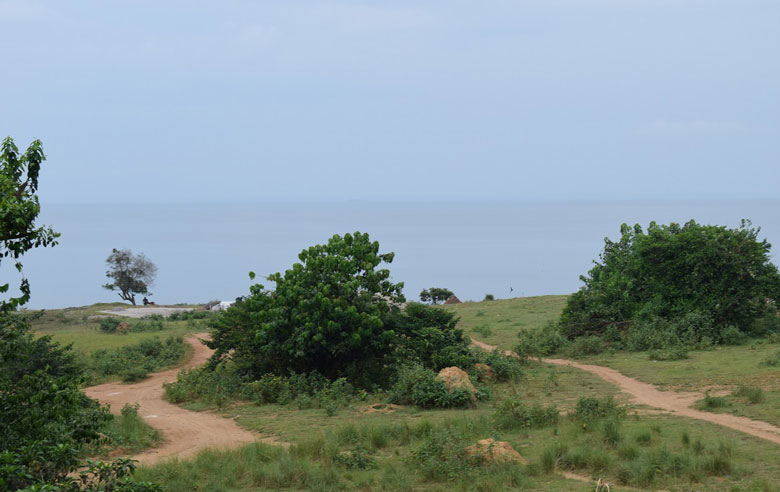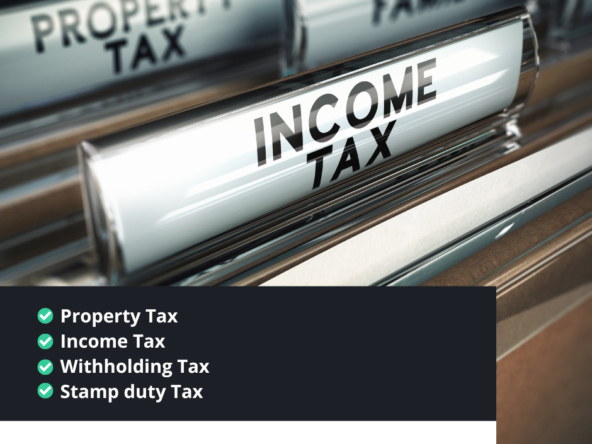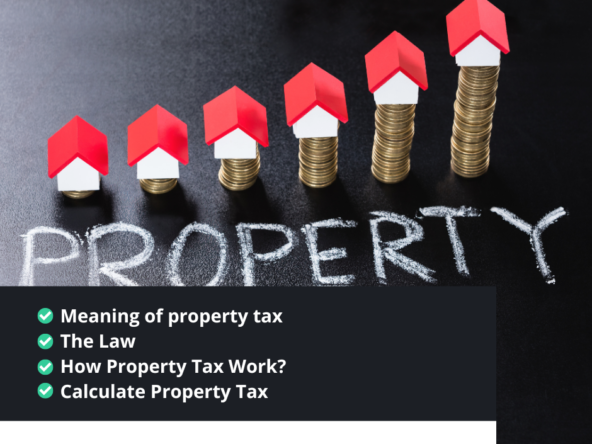Land Investment in Uganda
What is land?
There are three types of real estate investments;
- Commercial property
- Residential property
- Land.
Vacant or raw land is a plot of land without any established buildings or equipment that can be used for the development of commercial or residential real estate or for farmland, ranches, or natural resources such as mineral, water, or air rights.
In essence, when you invest in land, you are buying untouched, raw land, that has not been developed. The zoning of land is very important because it determines how the land can be used for future development. There are eight main categories of land use: Types of Land Investments
- Residential
- Multifamily
- Commercial
- Industrial
- Public or semi-public (like a library, public school, or bus station — also called institutional use)
- Parks and open space
- Agriculture (which can include farmland or forestry)
Why invest in land?
While it may not be the most glamorous real estate investment, buying land can be a good investment. If you understand how to invest in land properly like a real estate developer. Land investments can produce high returns, passive income, and large profit margins.
But like other types of investments, investing in land profitably comes down to thorough due diligence. Let’s dive in to how to invest in land, why you might want to, and important things to know before you buy vacant land.
While not all land holds equal value, in general, there are a number of advantages to buying raw land.
Good return on investment
Like residential or commercial investing, land can produce passive income or large profits depending on how the land is purchased and sold. I have several colleagues who specialize in buying land and have done extremely well for themselves over the years. It’s possible to make high-double-digit returns if you buy the right piece of land at the right price, and there are ways to earn residual passive income with vacant land.
Low cost
The value of land varies depending on the location, type of land, and the amount of acreage being sold. Some raw land can cost hundreds of thousands of dollars to millions of dollars, while other vacant land can cost just a few thousand dollars. For most people, land can be a low-cost investment that doesn’t require a bank loan to get started.
More land isn’t being made
Land, in general, is in demand. As our population grows, the need for land to develop grows with it. And there is only so much land available.
Little to no maintenance
Land is undeveloped, meaning there is no property to maintain or tenants to deal with. Aside from securing it encroachers and keeping the land mowed, it’s a relatively low-maintenance investment.
Large opportunity
Land investing faces less competition than residential and commercial real estate investing. So if you want to start a real estate business, land holds a lot of opportunities. While there are definitely other land investors out there, in general, there is more land than there is competition, which means you can find really good deals if you’re willing to do some extra homework.
Ways to invest in land
Just as there are several ways to invest in residential or commercial property, there are multiple ways to invest in land. Below are some of the more common methods of buying and selling raw land.
Purchasing unused land for a potential development is sometimes called subdivisions land estate development.
Subdivision of land is the principal mechanism by which communities are developed. Technically, subdivision describes the legal and physical steps a developer must take to convert raw land into developed land. Subdivision is a vital part of a community’s growth, determining its appearance, the mix of its land uses, and its infrastructure, including roads, drainage systems, water, sewerage, and public utilities.
Flipping land
Flipping land is one of the most popular methods of land investing and simply means you buy a parcel of land for a low price and sell it later for a higher price.
Developing raw land
Some investors buy land to develop it themselves. While this can be a profitable venture, it can also be a long and costly process. If you want to develop commercial or residential property, building from the ground up, buying raw land in a suitable location and zoning will inevitably be a part of the process.
Buy and hold
Some land investors will buy raw land with the intent to hold the land long term. They may want to develop the land in the future, want to wait for the demand to increase (thus increasing the value of the land), or want to hold their land rights, which could include water, air, or mineral rights. While the landowner holds the property, they are responsible for paying annual taxes and maintaining the property as required.
If the goal of owning land is to create a passive income stream, which is residual income that is paid to the investor monthly — the landowner can lease the land for a third party to use. For example, if the land investor owns 40 acres of farmland, rather than farming the land themselves, they can lease the land to a farmer. The farmer pays the landowner monthly rent and is responsible for the land development and maintenance of the land, including paying taxes.
Buy and sell with owner financing
Another option for creating a passive income stream when investing in land is by selling a parcel of land with owner financing. Owner financing is when the seller of the property carries financing for the buyer, essentially standing in for a bank. The buyer provides a down payment and repays the seller of the property the remaining balance of the loan according to specific terms. The buyer of the property is responsible for the land development and maintenance of the land, including paying taxes.
Things to know before investing in land
As I mentioned before, not all raw land is considered equal. Environmental factors play a huge role in the value of the property as a whole. When you evaluate a piece of land, you want to make sure the property can be developed or used for its intended purpose. If the parcel of land is considered swampland or near a cliff, it may be difficult or impossible to develop as desired.
And always conduct thorough due diligence on:
- the property’s zoning
- demand for that type of raw land in that area
- the land’s current value or potential future value
- public access to the property or if ingress and egress rights are needed through a neighboring piece of land
- utilities — if the parcel has infrastructure such as water, electricity, or septic or sewer, or it will need to be added
- potential restrictions for the area based on local zoning laws
Where to find land for sale
Like other types of investments, online industry websites are a common way to find available land for sale. Websites





